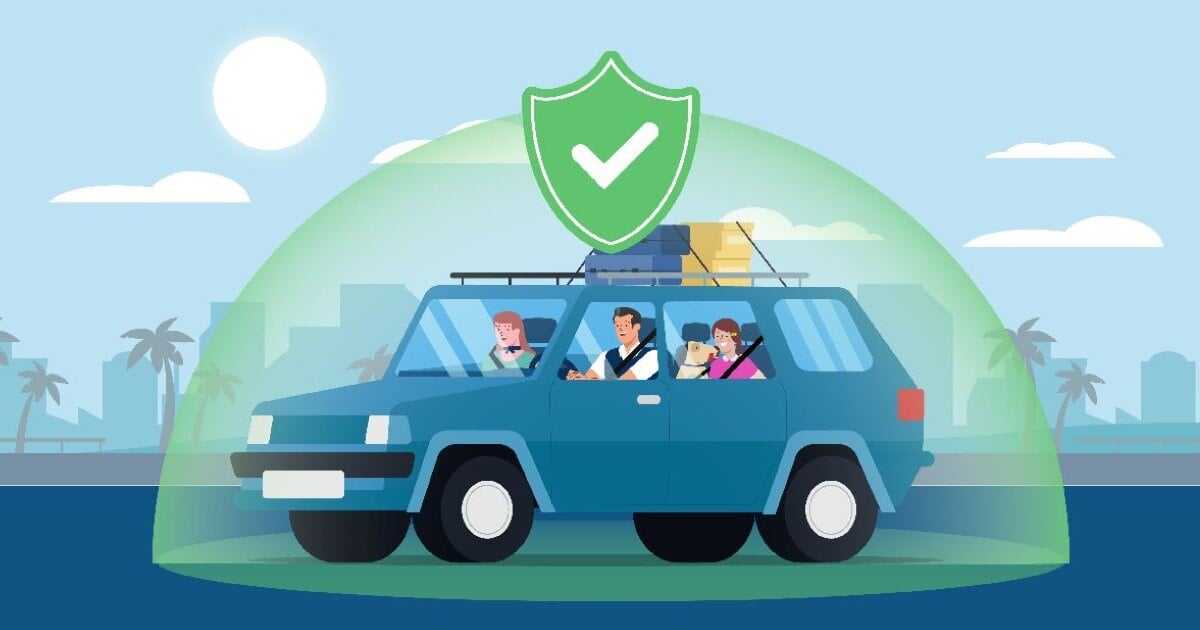VIDEO: How Does Car Insurance Work?
Learn about the different coverages that make up an auto insurance policy, and how they work together to help protect you and other drivers from...
Discover insurance options that are as unique as you are.
Get or retrieve a quote, find an agent, and more.
Report a claim or find a repair shop.
Learn about Kemper, our products and services, find information for investors, job-seekers, and users with disabilities, and more.

Wonder what to do if you get in a car accident? You’re not alone.
Being involved in a car, truck or motorcycle accident is a scary experience. In the shock of the moment, it can be challenging to know what to do next, like who to contact, how car insurance works and how to file an insurance claim.
We’ve developed this guide to help drivers navigate a post-accident situation more easily and with confidence. These step-by-step instructions detail how to stay safe after a car or truck accident, gather other involved driver(s) car insurance details, file a claim and more.
If you’ve been involved in a car accident, follow these steps to ensure your safety and smooth the claims process later on.
After a collision, safety is the number one priority. Before you do anything, check yourself and others involved in the accident for any injuries and call emergency services. Afterwards, move to a safe location to avoid further car accidents if you’re able.
Regardless of whether it was a minor accident or more severe, contact authorities and file a police report. In many jurisdictions, it's a legal requirement to report car accidents involving injuries, significant property damage or fatalities.
Once law enforcement arrives on the accident scene, follow all instructions provided by officers.
It’s important to remember that, in some jurisdictions, admitting fault at the scene of the accident can be used against you in legal proceedings. It's essential to be cautious about what you say, especially if the fault is unclear or there's potential for dispute.
Once it gets to your insurance provider, they determine fault based on various factors, including the accident report, eyewitness accounts and other evidence at the scene. Admitting fault without a full understanding of these factors could affect your ability to recover damages.
Before documenting the scene, you’ll need to exchange information — including insurance details — with other involved parties and accident victims. This includes personal and insurance-related material such as:
● Names.
● Addresses (ensure they’re current and correct).
● Phone numbers/emails.
● License plate numbers.
● Insurance company name and details.
● Insurance policy numbers.
● Driver's license numbers.
To make this a bit easier, you can simply take a photo of other parties’ IDs and auto insurance cards. You will need these details later when it’s time to file an insurance claim.
Contact your insurance provider as soon as possible to provide an accident report and initiate the claims process. Kemper policyholders can report claims online. Make sure you have all relevant information on hand when you call. Once asked, provide them with the necessary details and any documentation you've gathered.
Here’s a condensed version of the steps we just covered:
1. Get somewhere safe.
2. Contact authorities and report the accident quickly.
3. Exchange and collect all relevant information as outlined above.
4. Document the scene as best you can.
5. Be available to your insurance company and cooperate during the investigation.
If you need help when it comes time to file a claim, see here.
Kemper is a leading specialized insurer in the United States. Our commitment to affordable, personalized auto insurance solutions means we always have drivers' best interests in mind.
Don’t get caught in an accident without insurance. Request a quote today and discover how Kemper makes insurance easy.
This material is for general informational purposes only. Products, services, and discounts referenced herein are not available in all states or all underwriting companies. All statements are subject to the terms, exclusions and conditions of the applicable policy. In all instances, current policy contract language prevails. Coverage is subject to individual policyholders meeting our underwriting qualifications and state availability. Other terms, conditions and exclusions may apply.

Learn about the different coverages that make up an auto insurance policy, and how they work together to help protect you and other drivers from...

California drivers will need more insurance coverage beginning Jan. 1, 2025. Learn how this may affect you.

Like finding a good doctor or dentist, getting an effective insurance agent can impact your quality of life. Think about it: Your trusted insurance...